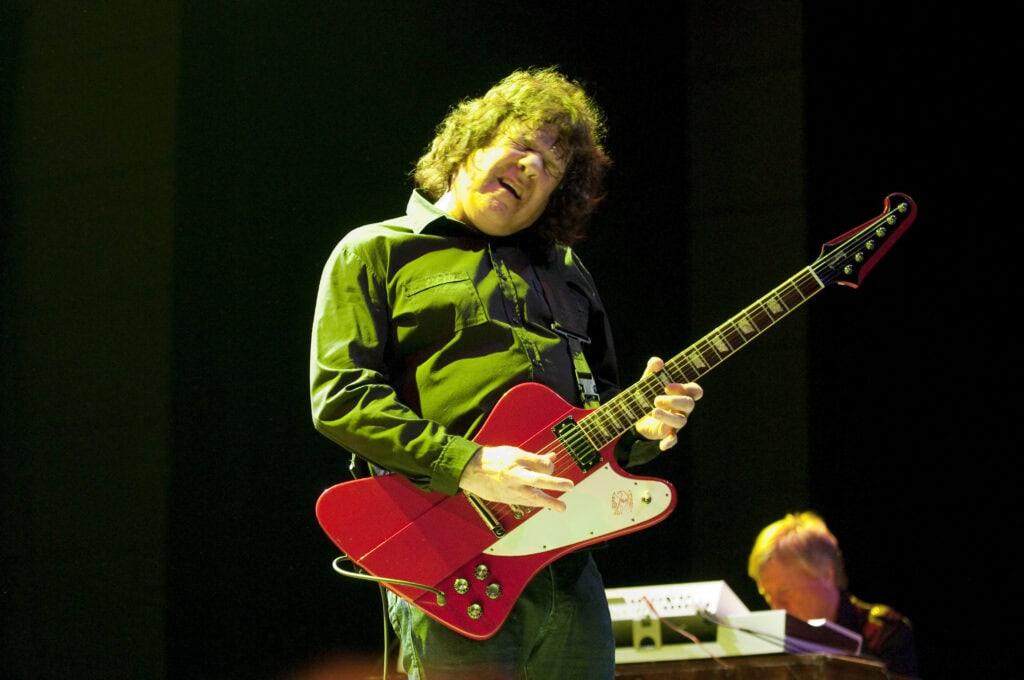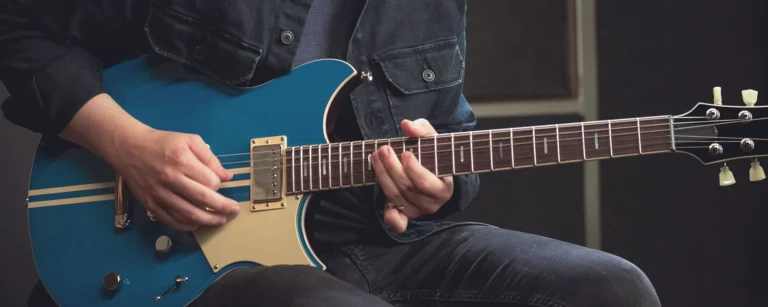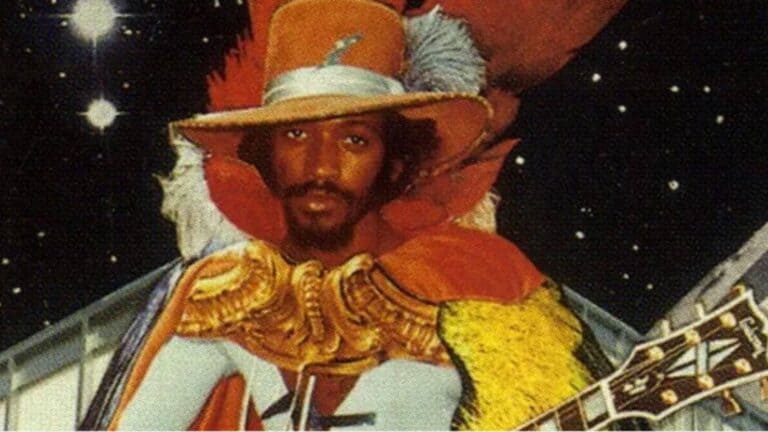Discover the Gibson Firebird: An Unusual Rock Icon
The Gibson Firebird is one of the most striking and influential guitars in rock history. Its futuristic design, powerful tone, and association with legendary players have cemented its status as an icon. From its unconventional origins to its lasting impact, the Gibson Firebird remains a beloved instrument among guitarists who crave both style and substance.

The Birth of the Firebird
It’s important to recognize its unique contributions of the Gibson Firebird to the world of music. The introduction of the Gibson Firebird brought forth a new era in guitar innovation, changing how players approached sound and style.
Designed with both aesthetics and functionality in mind, the Gibson Firebird set a standard for future guitar designs. Notably, the unique features of the Gibson Firebird allow it to stand out in any musical context.
The Gibson Firebird was introduced in 1963 as a response to the growing popularity of Fender’s sleek, modern designs. Gibson, a company known for its traditional archtop guitars and the Les Paul, needed something bold to compete with Fender’s offset-body Jazzmaster and Stratocaster. To accomplish this, Gibson enlisted the help of automotive designer Ray Dietrich, who had worked on classic car designs for Chrysler and Lincoln. His expertise in sleek lines and modern aesthetics resulted in the Firebird’s distinctive look, reminiscent of a streamlined, space-age vehicle.
The Firebird featured a revolutionary “reverse” body shape, meaning its lower bout was longer than the upper bout, unlike most traditional guitar designs. It also sported neck-through construction, which was a first for Gibson and provided exceptional sustain and resonance. Equipped with unique mini-humbucker pickups, the Firebird delivered a crisp, bright tone that set it apart from Gibson’s standard humbuckers. The model originally came in several variations, including the Firebird I, III, V, and VII, each offering different pickup configurations and hardware.
Notable Players Who Made the Firebird Famous
A major part of the Firebird’s enduring appeal comes from the legendary guitarists who embraced it. Johnny Winter, the blues-rock virtuoso, is perhaps the most famous Firebird advocate. His searing leads and fiery stage presence made the Firebird a symbol of high-energy blues and rock.
Eric Clapton famously played a Firebird during his time with Cream, adding to its status as a guitar capable of producing both searing distortion and smooth, creamy leads. The instrument also found a home in the hands of Keith Richards of The Rolling Stones, who used it for its unique tonal character and visual flair.
The tonal versatility of the Gibson Firebird makes it a preferred choice for a wide range of music genres. Many musicians consider the Gibson Firebird an essential part of their sound and identity. The Gibson Firebird illustrates a legacy that resonates with both aspiring and established guitarists alike.
Other notable Firebird players include Phil Manzanera of Roxy Music, Dave Grohl of Foo Fighters, Allen Collins of Lynyrd Skynyrd (who played a reverse Firebird III), and even Gary Moore. More recently, artists like Taylor Hawkins, Joe Bonamassa, and Marcus King have continued to champion the Firebird, ensuring its legacy lives on for new generations of guitarists.
Ultimately, the Gibson Firebird remains a powerful symbol of innovation and artistry in the world of music.
The Firebird’s Enduring Legacy
Despite some initial struggles in the market—Gibson even briefly discontinued the model in 1965—the Firebird found its audience among players looking for something different. Its later “non-reverse” versions, which flipped the body shape for a more traditional look, were met with mixed reactions but still found a place in rock history.
The Firebird’s influence extends beyond rock and blues. Its bright and cutting tone makes it a versatile instrument, suitable for anything from country to metal. The mini-humbuckers provide a clarity that standard humbuckers lack, allowing it to stand out in dense mixes while still delivering plenty of warmth.
What Makes the Firebird a Rock and Roll Icon?
The Gibson Firebird is more than just a guitar—it’s a statement. Its bold design, powerful sound, and association with some of rock’s most influential players make it an enduring symbol of rock and roll rebellion. Unlike more conventional guitars, the Firebird exudes an attitude that appeals to musicians who want to stand out, both visually and sonically.
Beyond its aesthetics, the Firebird’s neck-through construction gives it sustain and resonance that are hard to match. The mini-humbuckers provide a balanced yet biting tone, allowing for expressive lead playing and full-bodied rhythm work. Whether played clean or cranked through a high-gain amplifier, the Firebird delivers a sound that is both unique and powerful.
Even decades after its release, the Firebird remains a sought-after guitar for those who appreciate its blend of innovation and tradition. Gibson continues to release new versions and reissues of the Firebird, ensuring that its legacy endures. Whether it’s in the hands of a seasoned rock veteran or a new generation of players, the Firebird continues to soar, proving that some designs truly stand the test of time.





